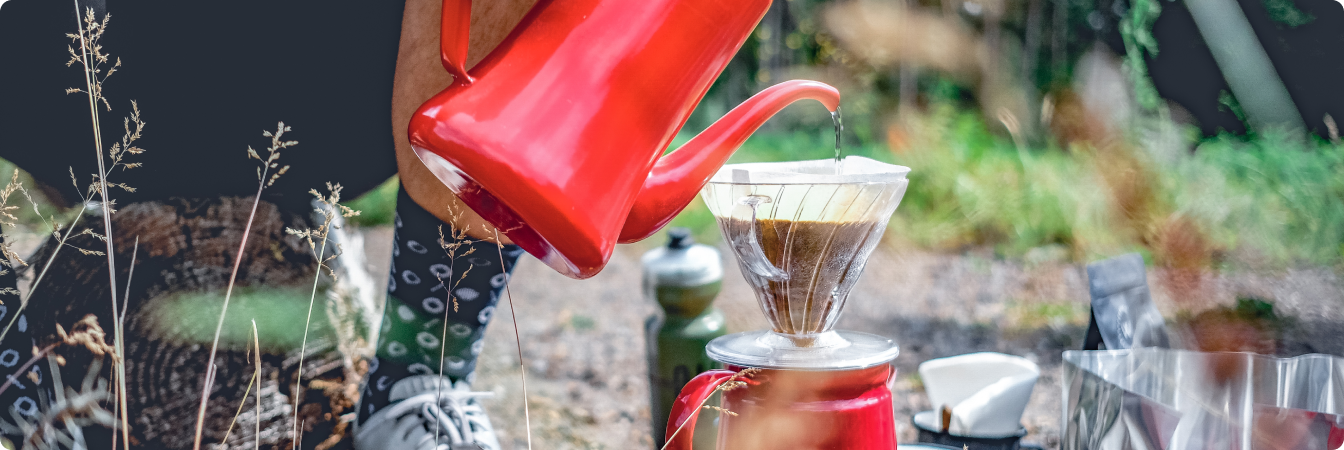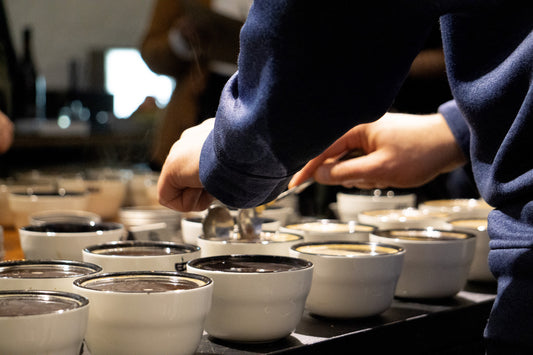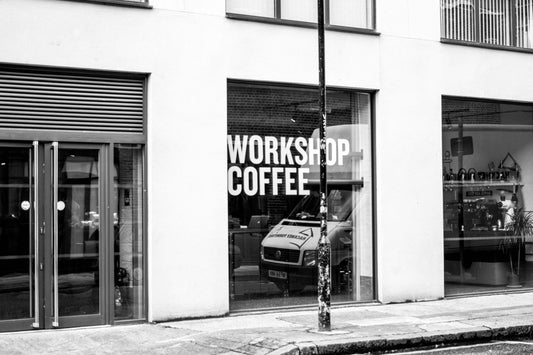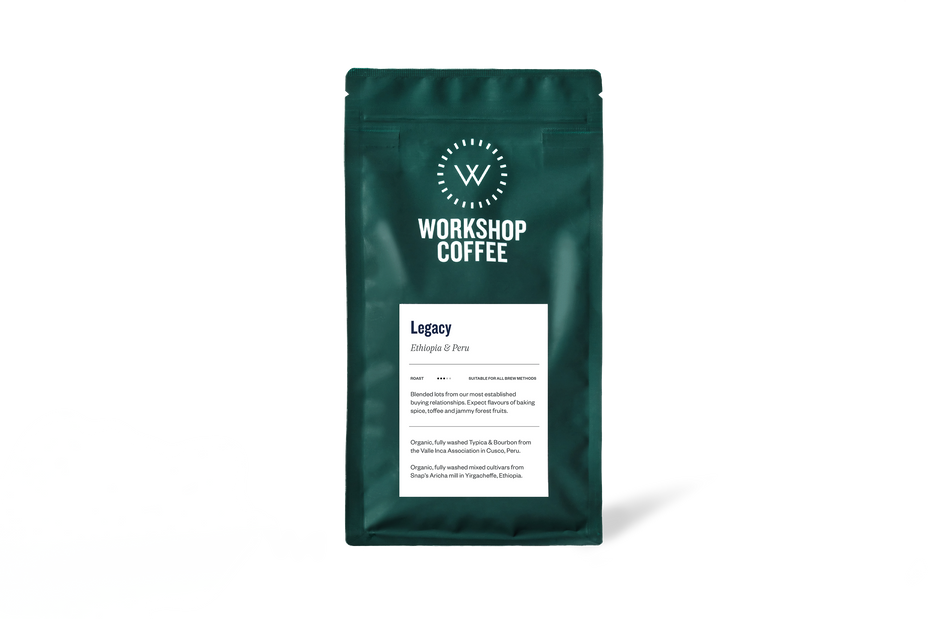Energising encounters
Stories that fuel our community.


Tasting Peru | Cupping Club, December 2023
As we prepare to unload a container of fresh crop Peruvian coffees, we hosted an open tasting at La Marzocco HQ UK on Willow Street in East London. A big thanks to...
Tasting Peru | Cupping Club, December 2023
As we prepare to unload a container of fresh crop Peruvian coffees, we hosted an open tasting at La Marzocco HQ UK on Willow Street in East London. A big thanks to...
Read more
Read more
Introducing: Our Decaffeinated Filter Roast
For the first time in our eight years of roasting coffee, we’ve decided to create a dedicated filter roast profile for our decaf offering. The quality of the most recent...
Introducing: Our Decaffeinated Filter Roast
For the first time in our eight years of roasting coffee, we’ve decided to create a dedicated filter roast profile for our decaf offering. The quality of the most recent...
Read more

Open House | Join us on Friday 13th April
The London Coffee Festival is almost upon us once again. As cafe owners, coffee lovers and roasters from across the country descend on East London, we'll be keeping the shutters...
Open House | Join us on Friday 13th April
The London Coffee Festival is almost upon us once again. As cafe owners, coffee lovers and roasters from across the country descend on East London, we'll be keeping the shutters...
Read more
Loma Linda three ways
In February James and myself visited El Salvador, a first for both of us, but not for Workshop Coffee. We’ve bought coffees through JASAL for the last three years and...
Loma Linda three ways
In February James and myself visited El Salvador, a first for both of us, but not for Workshop Coffee. We’ve bought coffees through JASAL for the last three years and...
Read more
Fresh Crops: Gachatha AA and Githiga AB
As Summer gives way to the Autumn we’re entering the end of Kenyan coffee season. To round off what has been a great year of Kenyan coffees for us we’ve...
Fresh Crops: Gachatha AA and Githiga AB
As Summer gives way to the Autumn we’re entering the end of Kenyan coffee season. To round off what has been a great year of Kenyan coffees for us we’ve...
Read more
Fresh Crops: Cult of Done v.24, Finca San Franc...
It’s been said many times but we will say it again; Cult of Done is no boring house espresso. Our latest iteration is proof of just that as we consecutively...
Fresh Crops: Cult of Done v.24, Finca San Franc...
It’s been said many times but we will say it again; Cult of Done is no boring house espresso. Our latest iteration is proof of just that as we consecutively...
Read more
Fresh Crops: Cult of Done v.23 - Duromina, Ethi...
One of the joys of spring, in our minds anyway, is the arrival of fresh crop coffees from Africa. Something we look forward to intently, especially on the back of...
Fresh Crops: Cult of Done v.23 - Duromina, Ethi...
One of the joys of spring, in our minds anyway, is the arrival of fresh crop coffees from Africa. Something we look forward to intently, especially on the back of...
Read more
Fresh Crops: Four from Colombia
Regardless of the earlier glories of a particular coffee, if the green coffee itself is past-crop, so from a previous harvest and generally a year or so off the tree, nothing will...
Fresh Crops: Four from Colombia
Regardless of the earlier glories of a particular coffee, if the green coffee itself is past-crop, so from a previous harvest and generally a year or so off the tree, nothing will...
Read more
Read more
Fresh Crops: La Plaza, Costa Rica
Getting your hands on a new coffee to roast and taste is always an enjoyable thing. A new espresso this good? Well that's a great thing! The second of...
Fresh Crops: La Plaza, Costa Rica
Getting your hands on a new coffee to roast and taste is always an enjoyable thing. A new espresso this good? Well that's a great thing! The second of...
Read more
Buying in Kenya.
Back in December last year, the coffee-buying world became aware of a political situation developing in the Nyeri region of Kenya that indicated this region’s coffee would not be for...
Buying in Kenya.
Back in December last year, the coffee-buying world became aware of a political situation developing in the Nyeri region of Kenya that indicated this region’s coffee would not be for...
Read more
Finca Tamana: Our First Restricted Release
Since 2012 we've been purchasing all we can of the top quality lots produced at Finca Tamana; Elias Roa's farm in El Pital, Colombia. We sent Richard to visit him in...
Finca Tamana: Our First Restricted Release
Since 2012 we've been purchasing all we can of the top quality lots produced at Finca Tamana; Elias Roa's farm in El Pital, Colombia. We sent Richard to visit him in...
Read more
Fresh Crops: Cult Of Done Espresso v.17
As Cult of Done v.16 coffees turn their final batches in our Probat we obviously cannot stop the supply of tasty espresso to you, wherever you may be in the world....
Fresh Crops: Cult Of Done Espresso v.17
As Cult of Done v.16 coffees turn their final batches in our Probat we obviously cannot stop the supply of tasty espresso to you, wherever you may be in the world....
Read more
Fresh Crops: Duromina
The name “Duromina” means “improve their lives” in the local Ethiopian language of Afan Oromo, an apt name considering what the Duromina Cooperative has achieved in its short history. Since being established in 2010 the cooperative...
Fresh Crops: Duromina
The name “Duromina” means “improve their lives” in the local Ethiopian language of Afan Oromo, an apt name considering what the Duromina Cooperative has achieved in its short history. Since being established in 2010 the cooperative...
Read more
Untapped potential
Have you tried:
Untapped potential
Have you tried:

Subscribe to our newsletter
More energising updates
Join our collaborative coffee community and enjoy important news and exclusive offers.




